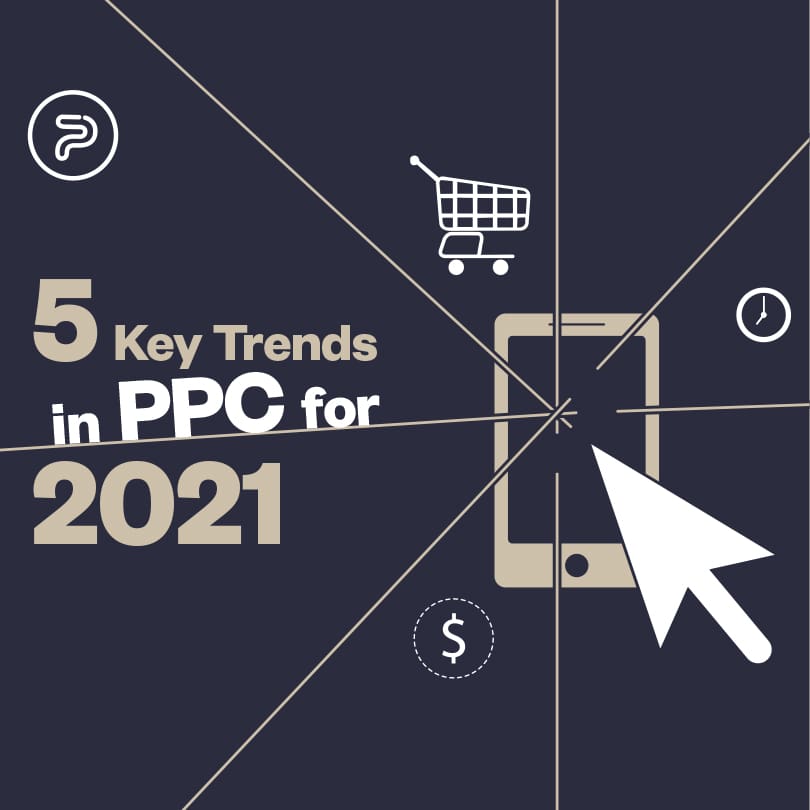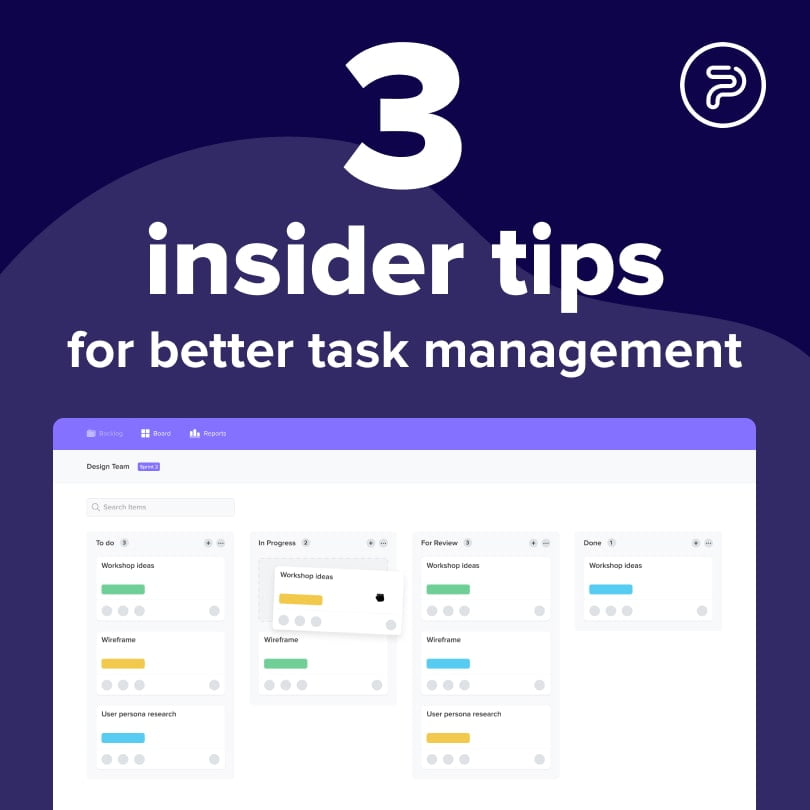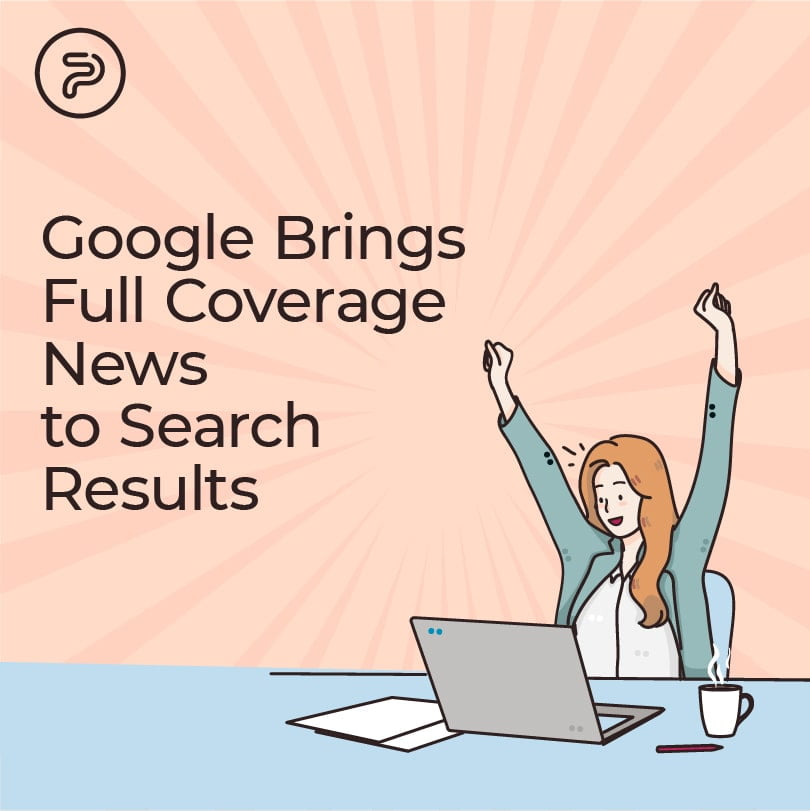As we've mentioned already a couple of times, the outbreak of the COVID-19 pandemic managed to shift consumer trends almost overnight last year. The virus bought several changes. At first, the digital community thought that the entire virtual landscape would come to a screeching standstill as pretty much everything else in the physical world.
That wasn’t the case. The outbreak managed to change the digital realm single-handed. On one hand, the sheer volume of the goods bought online increased even in low-key niches that didn’t really have that much online traction before. On the other hand, shifts in consumer behavior also managed to create an even more competitive environment where different brands, sites, and site owners try to win over an even larger target audience than ever before.
So, how to manage to keep your digital advertising strategy up to speed with the latest trends in PPC? Read on to find out.
2020: A PPC Retrospective
As mentioned before already, last year was unprecedented in the world of online advertising. Microsoft ad revenues exceeded $7 billion in 2020 while Google ad revenues hovered around $39 billion just in the last quarter of last year. With these figures, it’s evident that companies invested a vast amount of money all across the globe the keep their businesses afloat during turbulent times. On the other hand, online advertising proved to be a worthwhile investment as the pandemic forced people to do their shopping from home, resulting in a $174.87 billion jump in overall eCommerce sales from 2019 to 2020.
And even though, global vaccination is coming closer, some signs still indicate that the trends that the virus created won’t be going away any time soon.
For PPC marketers, this will mean that they will have to adapt and reshift their focus slightly in the upcoming period to stay ahead of the curve.
Having a Proactive Approach Towards Online Advertising
Without a single doubt, the situation escalated pretty quickly with the virus, which pretty much left both consumers and marketers picking up the pieces, trying to adapt to the new situation. Marketers were waiting for how consumers would react and tried to adjust their strategies accordingly. Several brands pulled back on their ad spending at first just to realize that the digital playground would be more crowded than ever. Also, as local businesses realized the uncertainty of the situation and the on-and-off nature of the regulations, decided to invest in online ordering and delivery options. On the other hand, many small businesses had to move to an online sales model just to stay afloat.
Now, a year into the ongoing pandemic, 2021 gives marketers and businesses a chance to finally be more proactive when it comes to search marketing strategies. The heavier online consumer traffic is now ?normal?, meaning that there’s more room for testing, experiments, new strategies, and CRO.
One method PPC experts and marketers can focus on this year is Protective Competitive Analysis. Experts should always key metrics in front of them as they plan their next move. Using the preview tool, checking competition reports and auction insights should be imperative just as looking into seasonality trends. This means, if the campaign looks promising and highly profitable, marketers shouldn’t be frightened from raising their bids, but they should also know when to give away the top position and go back to ad testing. And when there’s little or zero profit, it’s okay to stop as well. Campaigns can always be paused, strategies can always be changed. There’s no point in wasting money.
Being proactive isn’t just about fighting for bids. It’s also about market and keyword research, and about all other tactics that can improve reach.
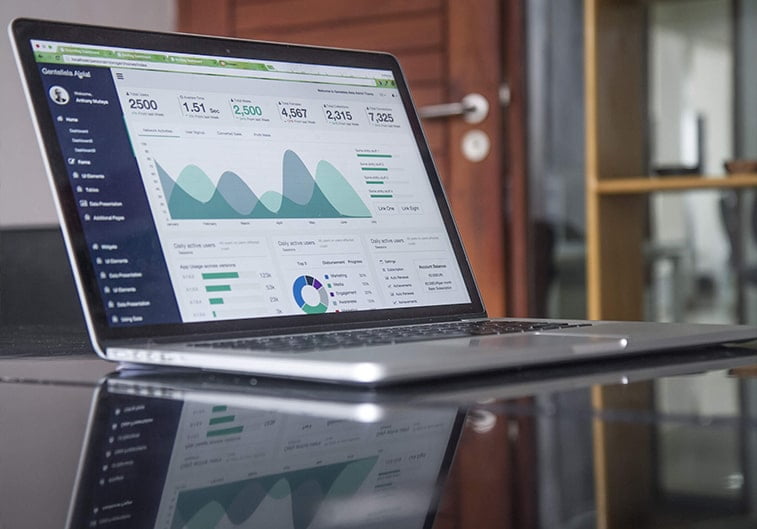
Moving Away From the Individual
With Apple’s IDFA and Google’s FloC changes, privacy is becoming more important than ever. FloC came with the slow depreciation of third-party cookies and put all users into similar target audiences instead of tracking individuals online. In plain English, this means that ads will be targeted at groups with similar interests instead of individual targeting. As of now, Google says that FloC is 95% as accurate as cookies are. On the other hand, Apple’s iOS14 update enables users to decline in-app tracking.
So, what does this mean for marketers?
In short, it will mean that experts should hope that the 95% prediction accuracy from Google holds true and that they will have to tell iPhone users in two short lines to tell them how and why they use their data.
So, what should marketers do with privacy?
Experts recommend that search marketers and analysts should embrace privacy wherever possible. Request the permission, collect what you need, purge it when done, and communicate to the user telling them what the data is used for.
With these changes already set in motion, it will be imperative for marketers to make the case for requesting user data and to ensure transparency.
Communicating With Stakeholders
It’s not just about shifting tactics and strategies online. With all these changes happening more or less overnight, it’s also critical that marketers reach out to their clients and ensure that they understand how the landscape is changing and what’s about to come. Proactive communication and timely reporting are both strategically important to keep your clients/stakeholders informed and at ease with the new trends.
Setting a regular and committed reporting/communication schedule is probably one of the best strategies marketers can implement. Reporting for each client should be scheduled on a regular basis and should also be customized. By this, they mean that every client should get a report which focuses on their main metrics and what they mean. Every client will have different metrics that matter to them and marketing should cater to their needs to ensure that they understand every now advertising move.
It’s also critical that they understand what these metrics and changes mean. The vast majority of your clients probably aren’t seasoned PPC professionals, meaning that they probably won’t understand the jargon and different acronyms. So, when creating reports, focus on being understandable for ?outsiders? as well and present the numbers in a way that makes perfect sense to them. One great way to go about this is by telling the importance of the key metrics through the user journey. How a potential customer actually gets to the landing page/main page and how they actually become a customer through different channels and marketing strategies (like newsletters, targeted ads, and so on).
This way, marketers can explain not just the importance of each key metric, but they can also ensure that their clients learn about how the latest PPC updates and how they can affect their business and online campaigns.
Automation
As you may know, automation has been on a rise for some time now and it’s pretty much evident that digital advertising is moving more and more toward AI and automation-driven choreography every day.
Just a few years ago, many marketers were quite hesitant about automation and they were right to have that approach. Automation and AI tech of the past was often ?less than reputable?, causing companies to waste both time and money. However, times have changed. Machine learning and automation have evolved, enabling marketers to use sophisticated tools to enrich the customer journey and to optimize marketing tasks.
Now, the right tools can help you create a more consolidated account structure in Google Ads when you’re not segmenting every device or audience out. Automation can help you with regular reporting and fetching key figures. It can streamline your customer journey, and can even help customer support for online businesses.
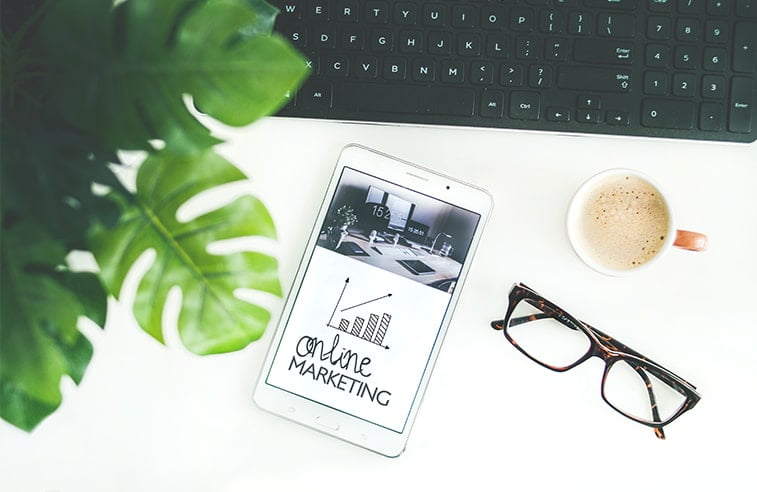
Finding Order in Chaos
With consumers saying that they will probably keep up with their new online habits even after the vaccines take effect, marketing experts forecast that the customer journey will be even more varied than ever before and even less predictable.
Consumers won’t be going from the top of the funnel to the bottom in a streamlined and smooth way, instead, they will probably move in and out, collecting data, looking for more content, explore more channels, before finally making a purchase.
This will mean that reporting will most probably be even more detailed and nuanced. Also, it means that communication with clients and stakeholders should be even more focused, telling each of them how to serve their customers betters to encourage a purchase.
Putting It Together
Simply put, the increased number of users online and a larger demand for goods will be the new norm in the digital realm. This will mean that marketers should be more proactive when it comes to pushing online campaigns in every aspect, from bidding to shifting old and testing new strategies on the fly. Automation and AI tech will be at the forefront, and new privacy trends will be in effect. And as all of these things will greatly affect the way businesses should approach online advertising, marketers should ensure that they help their clients understand how the landscape is changing and which are strategies they will need to adapt if they want to keep their competitive edge.
